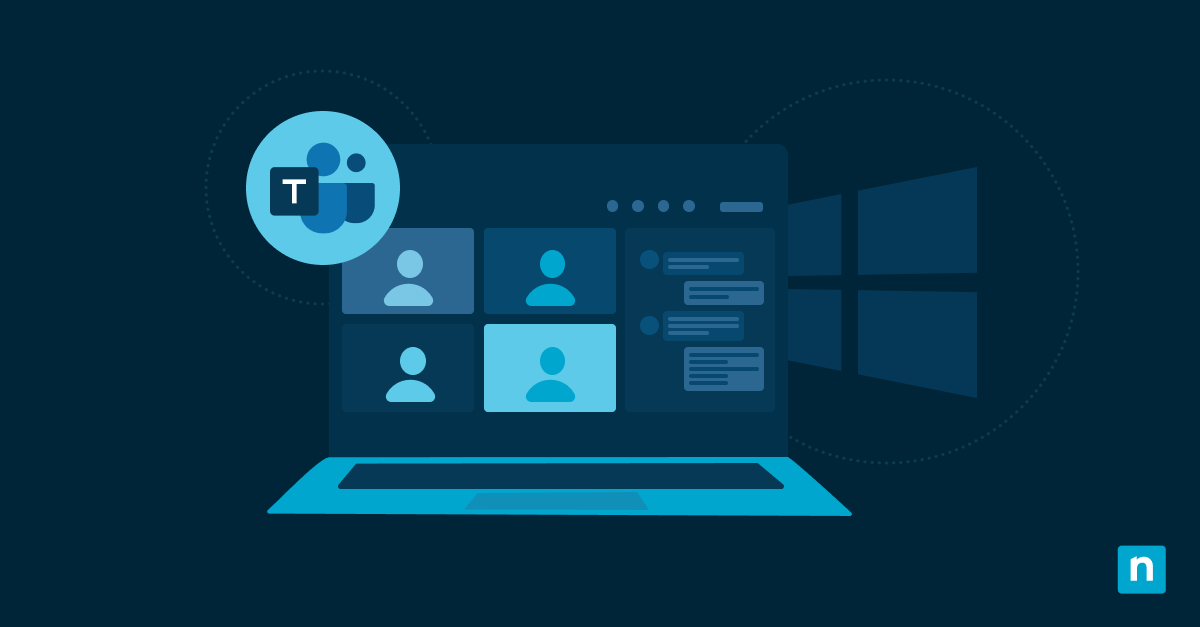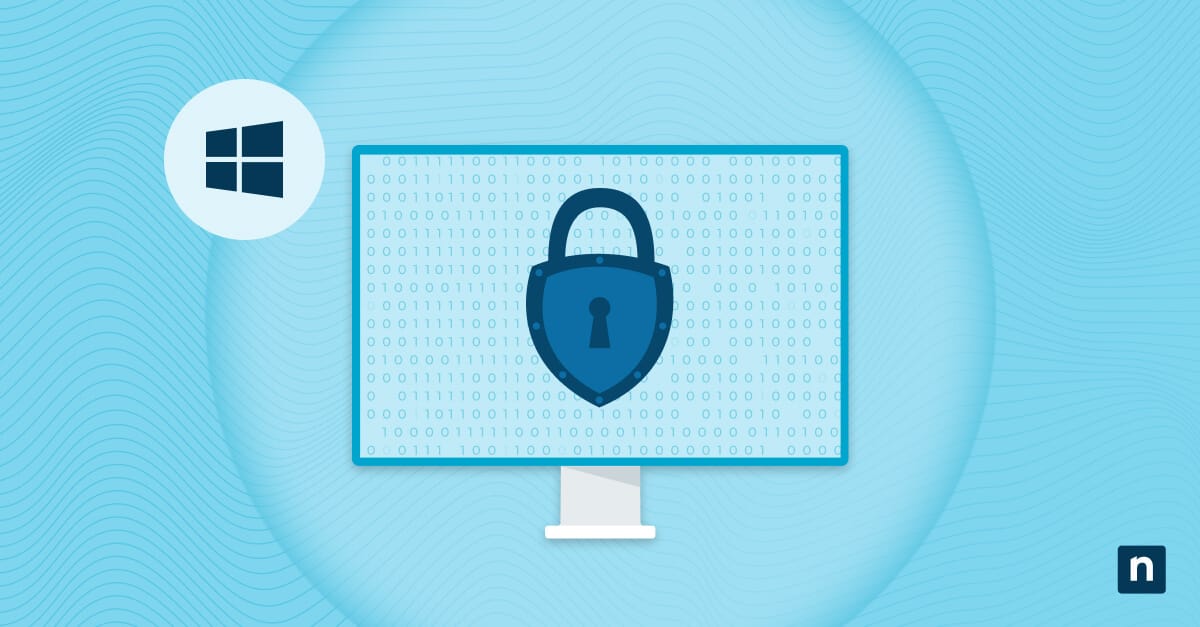Once upon a time, employment dictated where you lived. This widespread understanding led to a networking effect that amplified the appeal of cities. Cities, in turn, attracted skilled individuals, providing companies with a compelling incentive to establish a presence there and thereby draw even more talent. Notable locales like New York, Los Angeles, and Silicon Valley emerged as epicenters for high-caliber talent and the organizations that employed them. Consequently, talent and financial resources were consolidated in these areas. For instance, in the technology sector, the overwhelming majority of top-tier startup talent and funding gravitated toward Silicon Valley.
Remote working has forced a re-evaluation of this entire system: in the last year, approximately 80% of enterprise investment was made outside of Silicon Valley. This marks a substantial shift in the industry landscape. Notably, major corporations such as Facebook, Salesforce, and Dropbox have adopted flexible work policies, enabling their employees to work remotely, even if only partially. By 2025, approximately 36 million Americans will embrace remote work, reflecting an impressive 87% increase compared to the pre-pandemic era.
Knowing how to navigate the demands of a remote workforce is a key aspect of current-day performance. Let’s break down the advantages and disadvantages of in-office & remote employees to help you establish which format will work best for your team.
Effectively manage your organization’s remote devices with NinjaOne Remote Monitoring and Management solutions.
In-office isn’t over
The merits of physical office space remain particularly relevant now that organizations have largely settled into a post-pandemic routine.
Hyper-availability: In-office advantages
Collaboration and teamwork
One of the foremost advantages of having employees work in a physical office is the opportunity it presents for collaboration and teamwork. In-office environments naturally foster face-to-face interactions, enabling team members to brainstorm ideas, solve problems, and exchange feedback more seamlessly. The proximity of coworkers allows for spontaneous discussions, which can lead to innovative solutions and the development of strong working relationships.
Communication and real-time interaction
In-office employees benefit from immediate access to their colleagues, managers, and superiors. This proximity streamlines communication, ensuring that questions can be answered and issues addressed promptly. Inter-departmental chat fosters an organic sense of collaboration, while real-time interaction eliminates the delays and misunderstandings that may arise in remote work scenarios.
The challenges of in-office employees
Commuting
A significant challenge for in-office employees is the daily commute. Commuting can be time-consuming, especially in urban areas with heavy traffic, and it often comes with associated costs such as fuel, public transportation expenses, and wear and tear on personal vehicles. Moreover, long commutes can be a major contributor to employee stress and burnout, which negatively impact job satisfaction and performance.
Distractions and interruptions
In-office employees are susceptible to distractions and interruptions that are inherent to a shared physical workspace. These distractions can range from casual conversations among colleagues to office noise and frequent interruptions by coworkers or superiors. Such interruptions can disrupt and hinder productivity, necessitating strategies to mitigate these issues effectively.
Micromanagement
While being under supervision can bring positive outcomes for the organization, doing it excessively may impact the workforce. Micromanagement is a supervision style that involves constant oversight of employees, making them feel they’re not trusted. Being in the same office as the boss who micromanages may affect productivity and employee well-being. This is one of the reasons why some prefer working from home. Working out of the office have a peaceful environment where they can focus without the pressure of being constantly watched.
Balancing these advantages and challenges is crucial for organizations as they determine their preferred work arrangement. While in-office work can facilitate collaboration and real-time interaction, it is not without its drawbacks, including the burdens of commuting and the potential for distractions.
Mitigating in-office challenges
To harness the advantages of in-office work while addressing its challenges, organizations can deploy a number of strategies to de-escalate in-office stressors.
Flexible work arrangements
Offering flexible work schedules or allowing employees to work from home on certain days can help alleviate the stress of daily commuting. This approach acknowledges the importance of work-life balance and provides employees with greater control over their own schedules.
Designated quiet spaces
Creating quiet zones within the office allows employees to concentrate without disruption or distraction. These areas can serve as sanctuaries for focused work, reducing the impact of distractions.
The proliferation of remote work has transformed the traditional office paradigm. Organizations are now untethered from specific locations, but the challenges faced by distant employees can present a major cultural hurdle.
Utilizing online communications
The phrase “that could’ve been just an email” was not coined for no reason. Companies should encourage the use of online channels for faster communication among employees. Additionally, a company that can establish an efficient online communication method will have an easier time adjusting to a hybrid setup. This can also lessen the instances of micromanagement and empower employees to work more independently.
NinjaOne Remote provides seamless access to your managed devices, perfect for remote or in-office workforce.
→ Explore NinjaOne Remote now
Productivity comparison: remote vs. in-office
Employees working in the right setting may drive productivity. Here’s a quick comparison of how productivity is impacted by work setup:
Remote
- Fewer interruptions. As mentioned, working remotely prevents unnecessary interactions with colleagues.
- Flexibility. Working from the comfort of a place an employee is most comfortable with can promote better focus windows.
- Timesaving. Eliminating commute can boost daily output by using commute time for resting before and after working.
In-office
- Access to resources. In-office working may give employees easier access to resources or help from teammates and managers.
- Collaboration. When working in the office, employees can receive real-time feedback on their work and initiate teamwork among colleagues.
- Work structure. Being in the office naturally encourages a routine, helping employees stick to consistent schedules and maintain a clear separation between work and personal time.
Whether an organization prefers remote or in-office setups, each structure can help drive productivity depending on required tasks, available tools, and how well the environment supports employee focus and performance.
Remote organization benefits: Greater adaptability than ever before
Individual flexibility
Remote work offers employees the flexibility to schedule work in a way that aligns with their personal lives. This flexibility can lead to a healthier work-life balance, helping employees to better manage personal commitments, family responsibilities, and work obligations. It empowers individuals to design their workday in a way that maximizes productivity while accommodating their unique circumstances.
Access to a broader talent pool
One of the most significant advantages of remote work is the access it provides to a diverse and expansive talent pool. Organizations are no longer limited to hiring talent within a specific geographic area. Remote work allows them to recruit individuals with specialized skills and expertise from different regions and even different countries, enhancing their ability to build high-performance teams.
Remote threatens old management styles
Greater barriers to communication
Remote work can introduce new challenges for communication and collaboration. The absence of face-to-face interactions can lead to misunderstandings and hinder the spontaneous exchange of ideas. Team cohesion and a sense of belonging can be more challenging to establish and maintain when employees are physically dispersed.
Monitoring and tracking productivity
Without the physical presence in an office, managers may find it challenging to gauge how effectively employees are using their time. Ensuring that remote employees remain engaged, meet deadlines, and produce high-quality work may require the implementation of robust performance measurement systems and clear expectations.
Endpoint security
While sociocultural changes take place, one of the least expected challenges can be technological. As employees transition to remote work, the need to secure their endpoints before granting access to sensitive company assets becomes increasingly crucial yet challenging.
When employee endpoints become remote, the previous protection offered by company networks and well-configured firewalls is gone. When employees depart from your office, your company’s data and intellectual property go with them. In the face of this new approach, IT leaders are expected to establish an infrastructure that keeps remote employees safe. This task becomes especially challenging when it needs to be done quickly or when there is a sudden surge in remote workers.
With the right Remote Monitoring and Management (RMM) system, these challenges can be overcome, providing the confidence to operate effectively in an environment where remote work is rapidly becoming the standard.
Mitigating the challenges
To harness the advantages of remote work while addressing its challenges, organizations can adopt the following strategies:
Choose trust-based communication
Implementing advanced communication tools, such as video conferencing platforms and team messaging apps, allows for greater collaboration among remote teams. Training employees in the effective use of these tools is essential. Bear in mind that managers often overcompensate for distance by clamping down on remote employees. Too many requests for status updates, check-ins, and unsolicited feedback can severely harm productivity and damage team trust.
It’s best to adopt a results-based leadership model – setting expectations around meeting goals rather than minute-to-minute activity can help employees feel more supported. Check-ins are fine in moderation, but remote excellence relies on mutual trust rather than micromanagement.
In-office or remote work setup requires robust remote monitoring and management solutions.
See NinjaOne RMM in action in this free demo
Hybrid work model: The best of both worlds?
Gen Z has made it abundantly clear that they expect to be able to connect with colleagues – and that employers need to support this. In a recent survey, 55% said they would quit a job if it didn’t have the right technology, tools, and processes to stay connected.
In the backdrop of the remote revolution, the reality is that this new form of employment has been grossly mis-implemented. Frequently, investments in technology and the implementation of new software solutions and communication platforms designed for remote work face severe obstacles. These challenges arise due to the absence of clear guidelines, insufficient IT oversight, blurred lines of responsibility, and inadequate security training. It now falls upon IT to address and resolve these new issues.
30% of team members are now responsible for managing their own communication channels, IT security, and tech issues. This chronic lack of internal policies around technology responsibilities is risky and wastes time. RMM software relieves employees from the burden of installing and monitoring their own tech. Instead, IT gains the capability to remotely install and oversee applications, spanning from individual devices to entire departments. This streamlined approach significantly reduces the time and effort expended on support requests. With software installations done properly, custom alerts offer real-time insights into ongoing installation and support needs.
Thrive in-office or remote with NinjaOne
Efficient IT teams can now proactively tackle endpoint issues, empowered by NinjaOne’s RMM software. It goes a step further by automating software updates and firmware upgrades, ensuring that remote workers can stay focused on their tasks with minimal disruptions.
Whether your team is centralized, fully remote, or somewhere in between, understanding the dynamics of each setup is key — and our video on In-Office vs. Remote Employees: What’s the Right Choice for Businesses? helps IT and business leaders adapt to a distributed workforce without compromising performance or culture.








